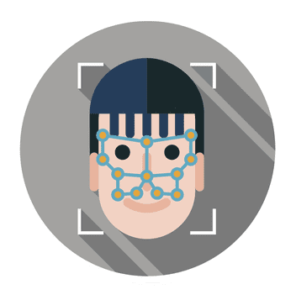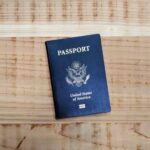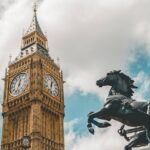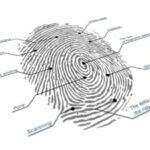
Welcome to FindBiometrics’ digest of identity industry news. Here’s what you need to know about the world of digital identity and biometrics today:
Regulatory Developments
The White House’s Office of the National Cyber Director is working on a “cyber workforce and education strategy”, according to a FedScoop report. The aim is to improve educational opportunities for cybersecurity professionals and to foster more cooperation with the cybersecurity industry, efforts that could help to address a talent shortage that has, according to Commerce Department CIO André Mendes, seen government agencies poach personnel from each other. The ONCD is seeking input from the private sector, academia, and elsewhere.
Tasmania’s Liberal Government has rejected the use of facial recognition technology for the identification of problem gamblers. The news comes by way of Deputy Premier Treasurer Michael Ferguson, who issued a statement in response to the Tasmanian Liquor and Gaming Commission’s recent report on harm minimization technologies for the e-gaming industry. Ferguson said that the government accepts the Commission’s recommendation of getting problem gamblers to commit to “pre-set default limits” for gambling sessions, adding that the government “supports the Commission’s view that facial recognition technology is not an effective tool for wider prevention of harm in gaming venues.”
Product Launches
OneSpan has launched a “Virtual Room” service to make e-signature transactions more secure. Described by the company as a “customer engagement solution”, the Virtual Room lets administrators interact with signers remotely, through a virtual environment in which they can simultaneously review and sign documents. And it is able to leverage OneSpan’s identity verification portfolio, which includes facial recognition for matching users’ selfie photos to images of their official identity documents.
Xiaomi has launched a new biometric door lock, dubbed the “Xiaomi Face Recognition Smart Door Lock”. Like its predecessor, last year’s Xiaomi Smart Door Lock X, the device uses a facial recognition system based on structured-light 3D scanning. And, again like its predecessor, the device demonstrates the China-based brand’s interest in applying biometric technology beyond its smartphone offerings.
Contract Controversy
Liberia’s National Elections Commission appears to be in a dispute with the country’s Public Procurement and Concession Committee over its selection of a three-company consortium for the provision of a biometric voter registration system. As FindBiometrics previously reported, the Commission had raised eyebrows with its seeming favoritism toward a prospective vendor called EKEMP. The China-based company, together with Liberia’s Palm Insurance and Nigeria’s INITS, was ultimately selected, and the Commission asked the PPCC to confirm its selection. The PPCC responded with a set of “observations” concerning the financial position of Palm Insurance, a lack of video documentation of the bidding process, and a lack of notarization for the consortium’s partnership. Now, the Commission has publicly addressed each of these observations, broadly defending its selection, and asked the PPCC to “reconsider” the matter, according to Front Page Africa.
Police Biometrics
The South Yorkshire Police force says it is “looking into the feasibility of trialling” facial recognition technology with respect to scanning video surveillance footage retrospectively, according to The Yorkshire Post. The Post appears to have canvassed police agencies across the historic English county, noting that the West Yorkshire Police has said it may use the technology in similar applications, while the North Yorkshire Police have refused to confirm or deny their use of facial recognition since 2016.
Clearview Gets a Witness
The controversial facial recognition startup Clearview AI has helped to exonerate a man falsely accused of vehicular homicide, and CEO Hoan Ton-That is saying that his company plans to offer public defenders access to its technology. The accused had been the passenger in a drunken car crash, and was saved from the wreckage by an anonymous bystander. Police and prosecutors alleged that he had been the drunk driver. Clearview’s technology was used to track down the bystander, who testified to pulling the accused from the car’s passenger seat. Ton-That had spied a potential PR victory in the morass, agreeing to help the accused on the condition that he would go to the media with his story, if exonerated. (And here we are.)
–
September 19, 2022 – by Alex Perala
Want to get the identity news digest early? Become a member and get the digest sent straight to your inbox, before it’s published on FindBiometrics:








Follow Us